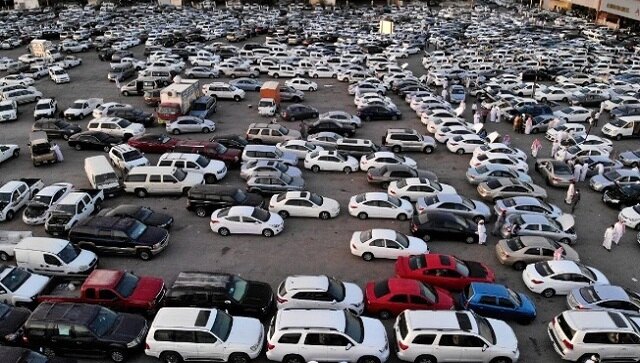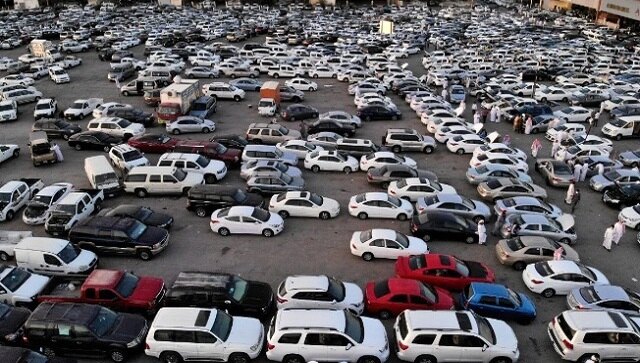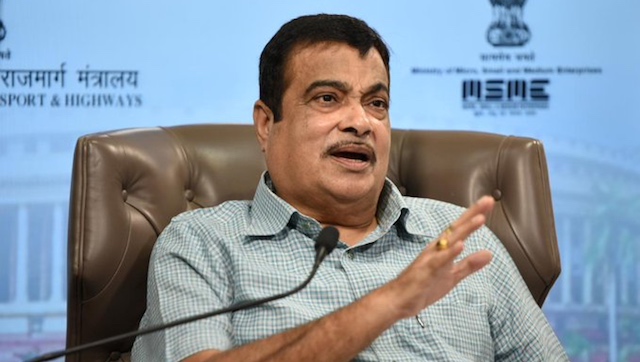If India’s greens have their way, diesel cars in India will cost Rs 81,000-Rs1,62,000 more, depending on whether their engine capacity is below or above 1,400 cc.
According to a pre-budget recommendation made by the Centre for Science and Environment (CSE), the logic is: diesel costs less than petrol, and hence diesel cars must cost more to avoid subsidisation of the rich.
BusinessLine quoted CSE as saying: “Diesel cars are 40 percent of new car sales already. Cheap diesel is pushing the market towards bigger cars that guzzle more fuel. About 40 percent of total diesel cars sold are above the 1,500-cc range”.
But this is like turning logic on its head: the solution for a fuel price distortion cannot be the introduction of another distortion in car pricing. More so when diesel is by no means less green a fuel than petrol. Rather, it’s the other way around.
Pricing diesel cars significantly higher than petrol ones is like dealing with the symptom rather than the disease. The facial spots may go away, even while the disease spreads beneath the skin.
What is the core issue here? It’s the underpricing of diesel.
At current pump prices, diesel costs Rs 25 less a litre than petrol. Also, oil companies lose Rs 13 a litre on diesel sales, according to the Petroleum Planning and Analysis Cell in Delhi. The oil companies lose more on subsided diesel (Rs 56,732 crore) than by selling cheap kerosene and cooking gas (a little over Rs 20,000 crore each).
However, it is a fallacy to assume that by hiking diesel car prices through the levy of higher duties, the subsidy on diesel can be reduced significantly.
Even assuming diesel cars are 40 percent of new passenger vehicles sold, it does not mean subsidies will fall by 40 percent on this fuel. Here’s why:
One, the bulk of diesel usage goes to commercial vehicles, diesel power generating sets and agricultural pump-sets. Raising diesel car prices will reduce diesel usage, but not by much. The fundamental problem will remain.
Two, diesel is more fuel-efficient than petrol - usually around 10-30 percent, depending on where the car is driven. On highways, the higher efficiency rates apply. This means even if 40 percent of new vehicles are diesel-run, the consumption of fuel by these cars will be less than 40 percent of the total. And since diesel consumption depends on the total number of diesel cars on the roads - those bought over the last 15 years, and not just the incremental cars sold this year - the actual petrol-diesel consumption ratio will be far below 20-25 percent.
A diesel car levy will not impact the subsidy significantly. It can only reduce future subsidies by shifting demand to petrol cars. But as of now, even petrol prices are subsidised by Rs 5 a litre - thanks to political compulsions relating to the UP elections.
Three, diesel cars already cost more than petrol ones - whether they are sub-1,400 cc or above it.
Four, it is the government’s diesel subsidy policy that has driven car manufacturers to opt for dieselisation. Maruti, the country’s largest carmakers, is not a diesel vehicle expert, but has been forced to go for a new diesel engine plant due to the fuel pricing policy. The Tata Nano, which is not really built for taking on a weightier diesel engine, will go diesel for the same reason.
Five, Europe considers diesel a greener fuel than petrol. Is it a great idea to tax a vehicle using green fuels more?
The upshot: it is the flawed diesel-petrol pricing strategy that is at fault, not diesel cars per se.
The logical way to proceed is this: raise diesel prices by Rs 15, and cut petrol prices by Rs 10 a litre by reducing the higher duties on it.
The negative fallout will be on commercial vehicles: trucks and buses. They can be compensated with lower excise and customs duties on new vehicle and parts. Moreover, without the push for higher diesel prices, truck and bus owners have no incentive to dump older fuel-guzzling vehicles for newer, fuel-efficient ones. Diesel prices have to be raised to even push better diesel vehicles into the market.
As for diesel used in agriculture, it is best to move the subsidy from diesel to food prices, and then eliminate the latter slowly by restricting it to the poor.
Raising diesel car prices is a folly that can be avoided. The remedy for a wrong-headed fuel pricing policy is not a flawed automobile pricing policy.


)




)
)
)
)
)
)
)
)